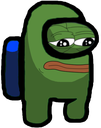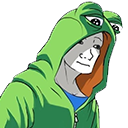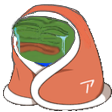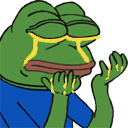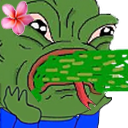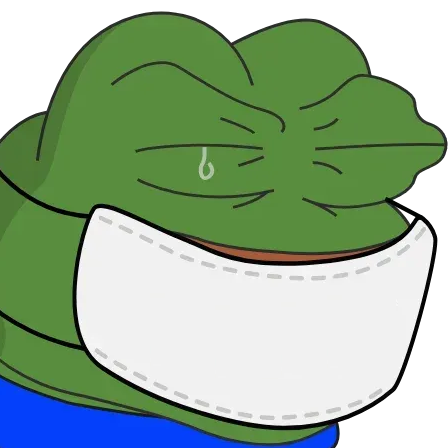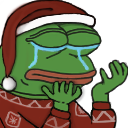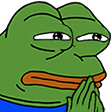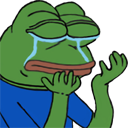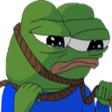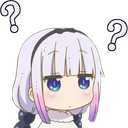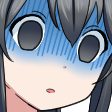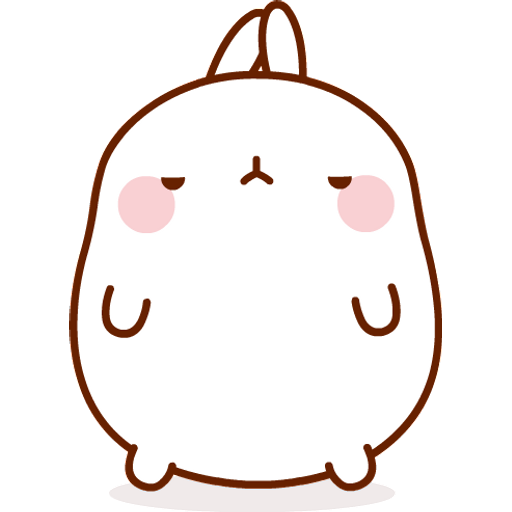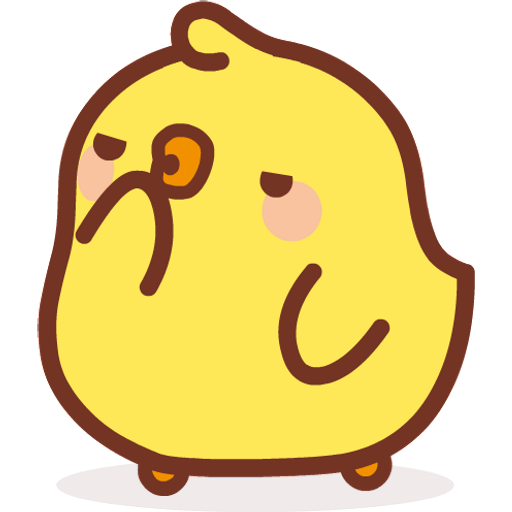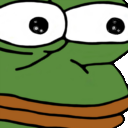- Home
- Exploring Technology in a Wizard World
- Chapter 355 - Chapter 355 Chapter 354 Pneumonia and Penicillin (Science
Chapter 355: Chapter 354 Pneumonia and Penicillin (Science popularization chapter, can be skipped if not interested) Chapter 355: Chapter 354 Pneumonia and Penicillin (Science popularization chapter, can be skipped if not interested) Laboratory, main lab.
The room inside, Pandora had washed the numerous test tubes and placed them neatly on the rack; her eyes sparkled with pride. She extended a finger and pointed at the test tubes.
“Ita!” one!
“Tuoke!” two!
“Sara!” three!
“Spa!” four!
“Va…” Just as Pandora was counting the fifth, she blinked, noticing that the glass tube seemed still dirty, not thoroughly cleaned. She carefully took it down from the rack, pursed her lips unhappily, and prepared to wash it again.
At that moment, with a “bang,” the door to the laboratory swung open violently, and Richard stumbled in, his face deathly pale.
“Crash!”
The glass tube in Pandora’s hand shattered as she turned around, startled, looking at Richard.
By then, Richard was wearing a thick mask, covering his nose and mouth tightly, hardly speaking, but simply said to Pandora, “Pandora, wait for me in the courtyard. Only come in when I call you.”
“What?”
“Hurry up.” Richard’s voice was rough and breathy, and after a deep breath, he added, “Just do as I say–”
Pandora frowned, her eyes flickered, but she eventually listened to Richard, stepping outside into the courtyard.
Richard promptly closed the laboratory door, tightly securing all doors, windows, and entrances, effectively sealing the laboratory.
After doing all this, he removed his mask, and then he began to breathe heavily.
It was a necessary precaution; generally, pneumonia isn’t highly infectious, but now that people were starting to weaponize it, who knew if there were any mutations? He definitely didn’t want Pandora to be a test subject.
Indeed, even if Pandora, with her robust Dragon Clan physique, got infected, there was a high chance she could be immune. But it was better not to take the risk.
With this in mind, Richard calmed himself and started to fully assess his physical condition. He discovered symptoms such as coughing, fever, difficulty breathing, and chest pains–typical of pneumonia, and they were getting worse. The most severe was fatigue, a common symptom in pneumonia patients, appearing in over 90% of cases and lingering a long time even after recovery.
At this moment, Richard felt so heavy as if his body were filled with lead; moving his fingers a was struggle, and he longed to just collapse and sleep.
But he knew well that he absolutely couldn’t do that; if he went to sleep now, he might never wake up again. He must find a way to tackle the pneumonia.
To tackle it, he needed to understand exactly what was going on.
His pneumonia stemmed from mushroom spores–a type of bacterium, which, according to modern Earth research, while rare, wasn’t unheard of.
In fact, his condition most closely resembled ‘Mushroom Lung.’
‘Mushroom Lung,’ commonly seen among mushroom harvesters on modern Earth during the gathering seasons, is caused by inhaling abundant fungal spores into the respiratory system, leading to various pathological changes. The incubation period for this disease varies; it can extend up to three months or, in short cases, trigger symptoms within 30 minutes.
Once it flares up, severe coughing, sputum, chest pain, chest tightness, and breathing difficulties appear, along with headaches, dizziness, heart palpitations, muscle soreness, fever, nausea, vomiting, loss of appetite, and other systemic and gastrointestinal symptoms.
The difference was that ‘Mushroom Lung’ was an allergic reaction, which would normalize after removal from exposure; his was a more severe type of pneumonia that could only worsen without targeted treatment.
So, how to treat it?
Richard scanned the numerous wooden shelves in the laboratory, observing the various materials on them, his eyes flickering.
For diseases caused by bacteria, the most effective treatment was, of course, antibiotics–the basic knowledge of all modern Earth inhabitants.
Due to the pervasive use, and even overuse, of antibiotics on modern Earth, superbugs with strong drug-resistance have emerged.
In the current world similar to the Medieval Wizard World, there were no concerns about this–all the bacteria had never been subjected to the test of antibiotics, and compared to their modern Earth counterparts, they were extremely inexperienced.
If one were to say that the bacteria invading a human body were like robbers brazenly entering an unprotected village, then antibiotics against bacteria were like battle-hardened lions that had carved out empires and idly wiped out a group of sneaky-looking robbers while passing by–In a world that had never used antibiotics before, the first use of antibiotics had an effect that was akin to having a 120% bonus.
Now, the question was, where could one obtain antibiotics?
The production of antibiotics was easy yet difficult.
On the simple side, as common knowledge, everyone on modern Earth understood that the most commonly used antibiotic was penicillin.
On the difficult side, how was penicillin originally obtained?
Starting from scratch, we’d have to go back to…the summer of July 1928 on modern Earth. The careless British scientist Fleming, while writing a paper about Staphylococcus aureus, cultured a large amount of the golden bacteria in his laboratory.
During the culturing process, Fleming forgot about it, he didn’t even cover the culture dishes and went on holiday to the countryside. Not until his return from holiday in September did he remember about the culturing. When he returned to the laboratory, he found a patch of mold in the corner of a culture dish, and the nearby golden Staphylococcus bacteria were completely dead.
Perhaps Fleming was careless, but he was still sharp, immediately conducting numerous experiments and studies, and finally determined that the mold that grew in the culture dish could secrete a special substance that could kill a variety of pathogenic bacteria. While extremely excited, he named this mold “Penicillium” and the secreted substance “penicillin,” and wrote a paper to publish.
By the time the paper was published in Britain’s “Journal of Experimental Pathology,” it was already February 13, 1929.
Was that where the story ended?
Obviously not; for the development of penicillin, it was just the beginning.
Admittedly, Fleming was extraordinarily lucky to discover penicillin, which had long existed in nature, but how to purify it was a problem–it couldn’t be used for clinical treatment.
It wasn’t until 1938 that a team led by Chen, Flory, and Hitley from Oxford University in Britain successfully refined penicillin–this was 10 years after penicillin’s discovery and 9 years after the publication of the paper.
Even after it was extracted, the story still hadn’t ended, because the initial amount of penicillin produced by Penicillium was too little.
Using the first strain of penicillin in Fleming’s lab, the output was only 4 units per milliliter, or even less. Continuously producing for a month could barely supply enough for one patient’s treatment.
Later, after many efforts, a research team in the United States designed a corn mash culture medium that boosted the production of penicillin by ten times–to 40 units per milliliter, which still wasn’t accessible for average people.
Later on, researcher Mary Hunter, in Illinois’ Piao Liya Market, found a moldy cantaloupe with its skin covered in Penicillium. She used this cantaloupe for multiple screenings and culturings, eventually reaching a penicillin yield of 250 units per milliliter. Researchers at Wisconsin University used ultraviolet light to irradiate the strain, causing mutations that increased the yield to 2,500 units per milliliter.
2,500 units per milliliter! That was considered the limit of that era.
And how many units of penicillin does a person normally need for treatment?
According to modern Earth’s treatment methods, even for a common infection, one would need an injection of 9.6 million units of penicillin per day.
9,600,000! Compared to 2,500!
That was 3,840 times more!
One could only imagine the staggering difference.
In fact, it was only long after the discovery of Penicillium and through countless improvements to the strains that the production of penicillin reached 50,000 units per milliliter, allowing it to be produced commercially and used on a large scale. Before it could be commercially produced and widely used, penicillin was more expensive than gold–it was no joke.
This was quite the conundrum!
Richard squinted.
If he wanted to treat with penicillin, even if he was extremely lucky to immediately obtain a natural strain of Penicillium, he would still need at least a month before he could try to treat himself. More realistically, it might be a year before he could obtain enough penicillin.
By then, the body would have probably cooled entirely.
Yes, cooled entirely.
If you find any errors ( broken links, non-standard content, etc.. ), Please let us know via our discord so we can fix it as soon as possible.






